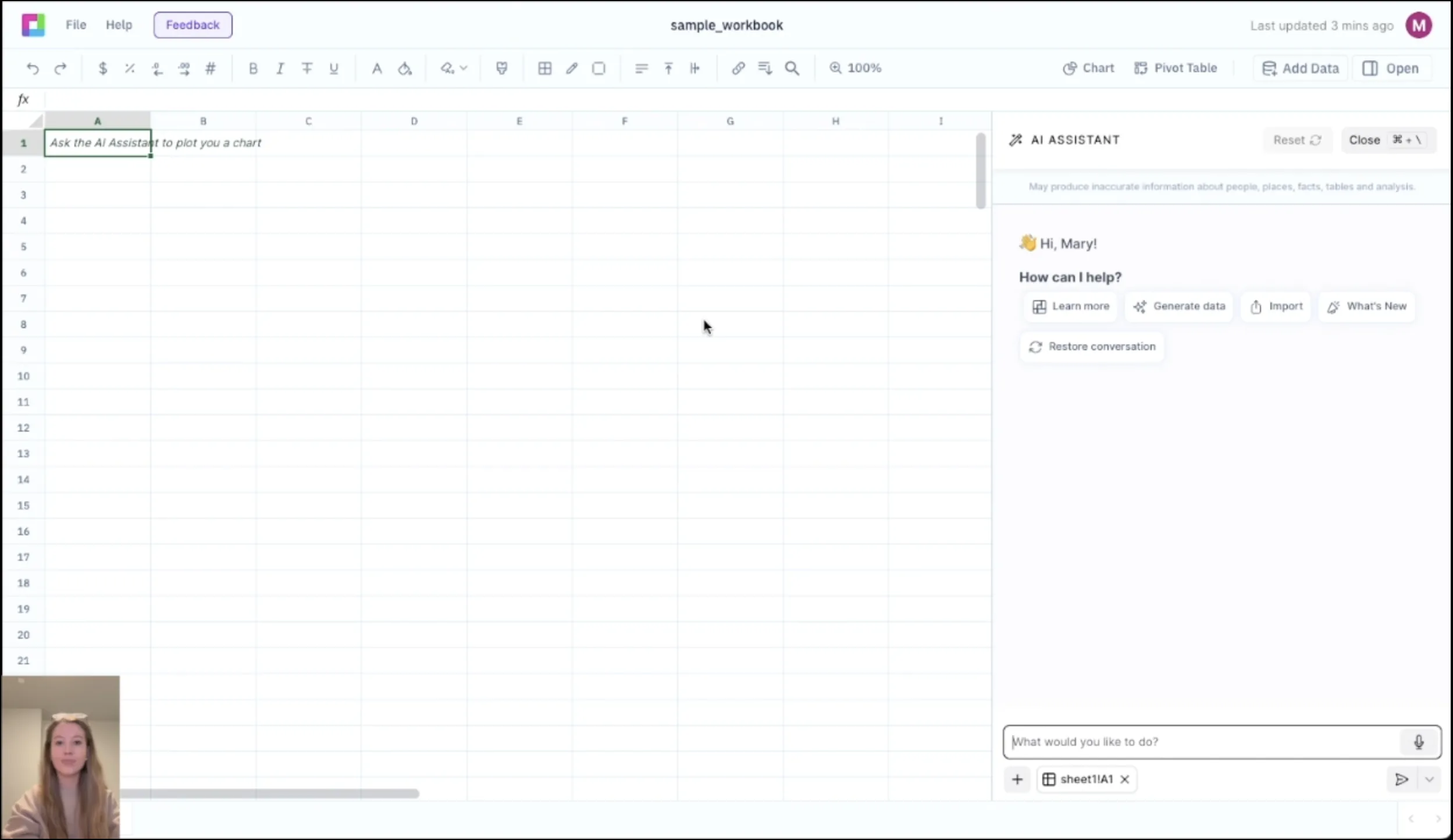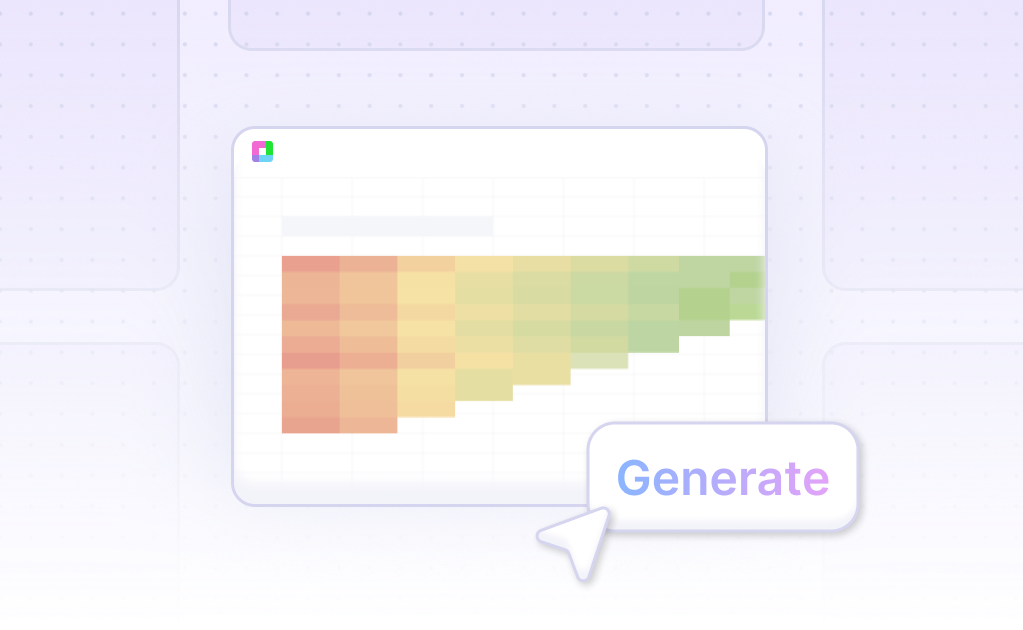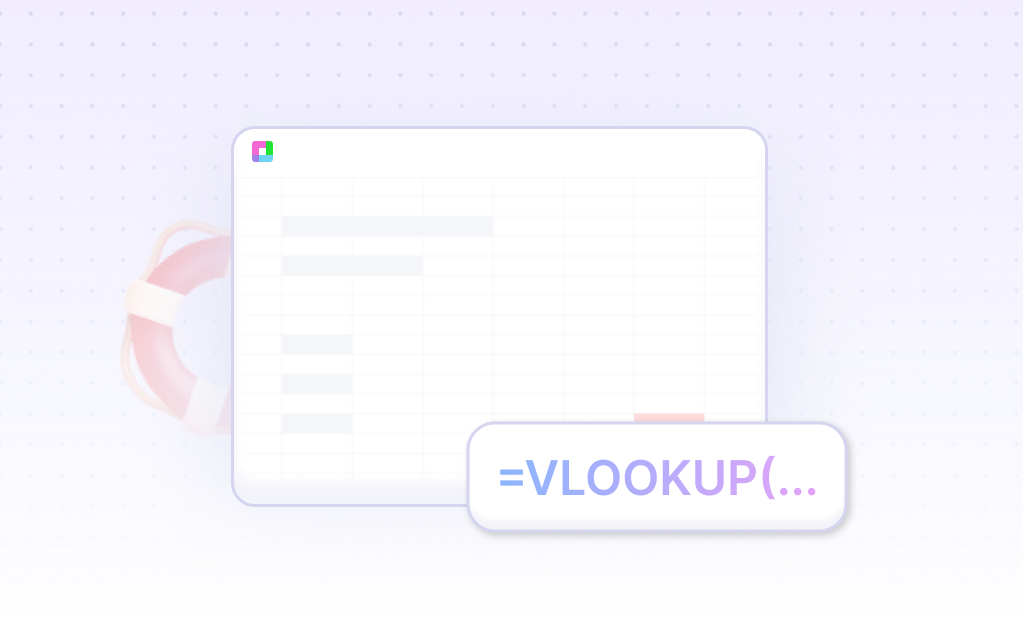
Master Dividend Policy with Professional Capital Allocation Tools
Dividend policy is fundamental to capital allocation strategy, balancing shareholder returns with growth investment and financial flexibility. Our Dividend Policy template provides comprehensive tools to analyze dividend sustainability, optimize payout ratios, and develop capital allocation frameworks with institutional-quality analysis.
From dividend analysis to capital allocation strategy, optimize shareholder returns. Built for CFOs, corporate finance teams, and investor relations professionals, this template helps you develop dividend policies, analyze sustainability, and balance capital allocation priorities.
Comprehensive Dividend Analysis Framework
Dividend Sustainability Analysis
Evaluate dividend sustainability using cash flow analysis, payout ratios, and earnings coverage. Assess dividend coverage under various scenarios and stress conditions.
Payout Ratio Optimization
Optimize payout ratios considering growth opportunities, financial flexibility, and peer benchmarks. Analyze optimal payout levels balancing returns and reinvestment needs.
Dividend Yield & Growth Analysis
Analyze dividend yield trends, growth patterns, and market positioning. Compare dividend yields against peer companies and sector benchmarks.
Free Cash Flow Analysis
Evaluate free cash flow generation and allocation priorities including dividends, capex, and debt reduction. Analyze cash flow sustainability and cyclicality.
Capital Allocation Strategy & Framework
Capital Allocation Framework
Develop comprehensive capital allocation framework balancing growth investment, dividends, share buybacks, and debt reduction. Prioritize capital uses based on returns and strategic value.
Dividend vs. Buyback Analysis
Compare dividend payments versus share buybacks considering tax implications, signaling effects, and shareholder preferences. Analyze optimal mix of return mechanisms.
Growth Investment Analysis
Evaluate growth investment opportunities and their impact on dividend policy. Balance reinvestment needs with shareholder return expectations.
Financial Flexibility & Leverage
Assess financial flexibility and leverage constraints on dividend policy. Analyze debt capacity, covenant restrictions, and credit rating considerations.
Frequently Asked Questions
How does it analyze dividend sustainability?
The template evaluates dividend sustainability using cash flow analysis, payout ratios, earnings coverage, and stress testing. It assesses dividend coverage under various business scenarios.
Can it compare dividends versus share buybacks?
Yes, the template includes comparative analysis of dividends versus buybacks considering tax implications, signaling effects, and shareholder value creation. It helps optimize the mix of return mechanisms.
How does it handle different business cycles?
The template includes cyclical analysis with cash flow patterns, earnings volatility, and dividend smoothing strategies. It helps develop policies that work across business cycles.
Does it include peer benchmarking?
The template includes peer benchmarking capabilities for dividend yields, payout ratios, and capital allocation practices. It helps position dividend policy relative to industry peers.
How does it integrate with capital allocation decisions?
The template provides comprehensive capital allocation frameworks balancing dividends, growth investment, buybacks, and debt reduction. It helps optimize overall capital allocation strategy.
Related Investment Banking Tools
Connect your most-used data sources and tools to Sourcetable for seamless analysis.
Frequently Asked Questions
If you question is not covered here, you can contact our team.
Contact Us





